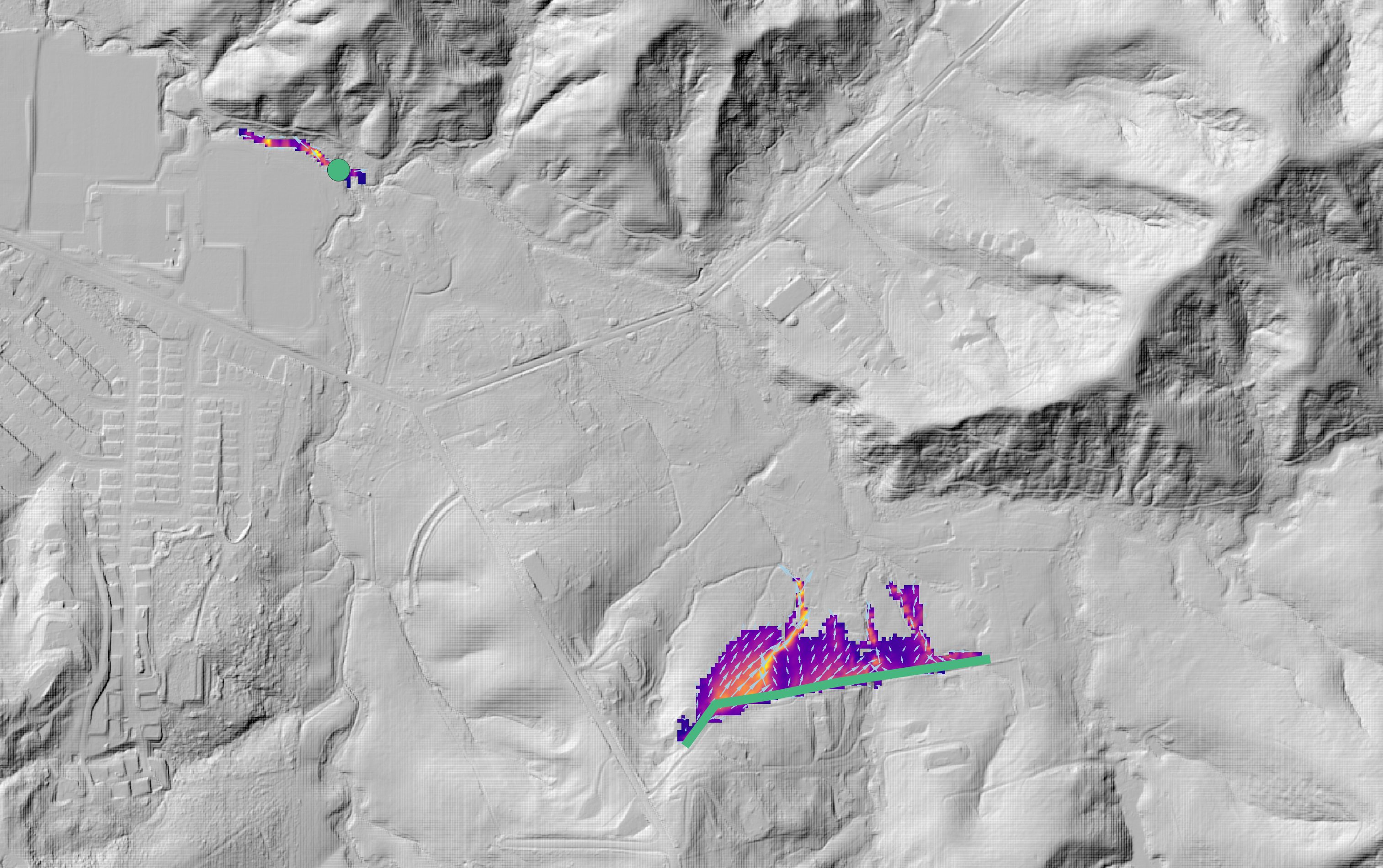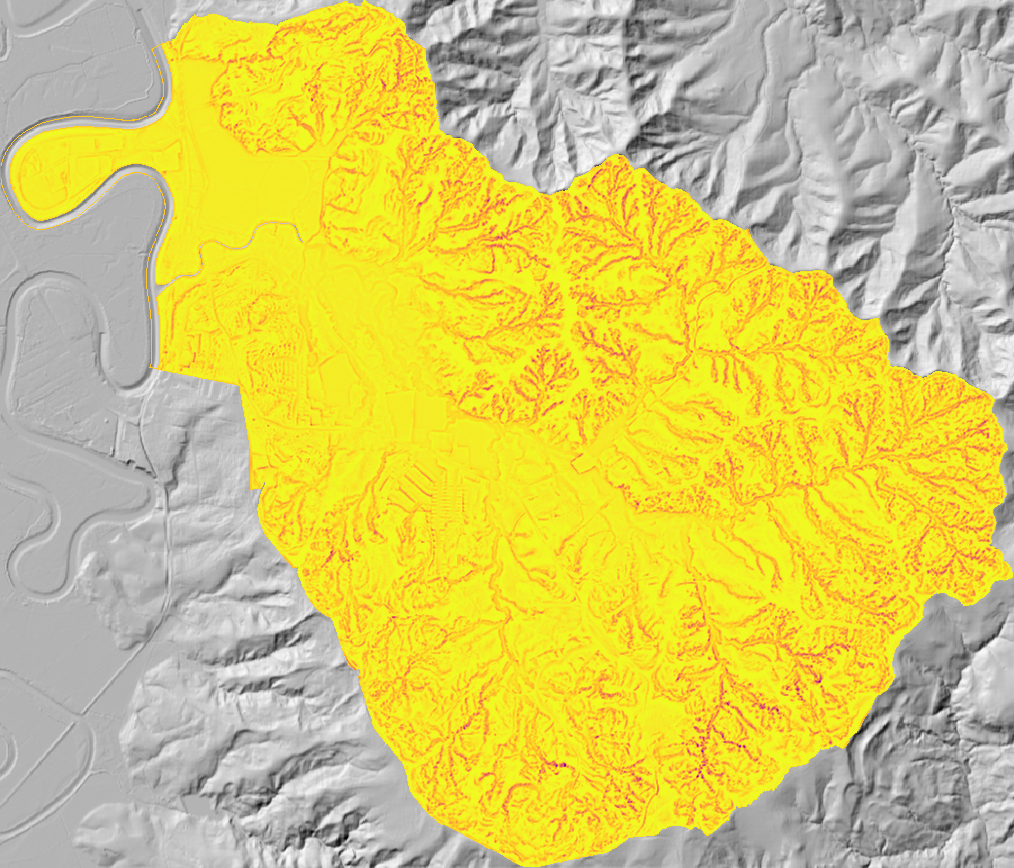This is an interim changelog that accompanies the TUFLOW CATCH 2025.2.0-rc.1 release candidate. The information contained within this interim version may vary from the subsequent final version.
Changelog for TUFLOW CATCH 2025.2.0
Release date: 25 July 2025
Build: 2025.2.0-rc.1
General Notes
This is a minor release for TUFLOW CATCH 2025. It includes new features.
Backwards Compatibility
It is not expected that the 2025.2.0 release would cause changes in results if upgrading from the 2025.1.0 release.
New Features and Enhancements
Non Hydrologic Flows and Loads
Major Feature
Support has been added for the application of non hydrologic inflows of water and pollutants to a catchment hydraulic model domain. These allow for the simulation of environmental and other flows within a catchment domain that are not directly related to rainfall, including for example, wastewater treatment plant discharges, groundwater exfiltration or irrigation activities. These are affected using the familiar TUFLOW Source Area (SA) features, and the application of SA points, polylines and regions is supported. The TUFLOW CATCH User Manual describes how these sources can be implemented in detail.

Selection of Catchment Hydraulic Model Soil Layers for Receiving Boundary Conditions
Major Feature
Support has been added to allow for selection of the catchment hydraulic model soil layers used to produce inflow boundary conditions to receiving models. For example, a user can specify that only the top 2 soil layers be used for production of downstream boundaries. This could avoid, for example, deep groundwater simulated in the catchment hydraulic model from being artificially forced into the surface receiving waterway as a boundary - in this example flows and loads in layers 3 and below will be excluded from the receiving boundaries and allowed to effectively bypass the downstream model. The TUFLOW CATCH User Manual describes how this feature can be implemented.
Reporting of Fluxes Between Soil Layers
Major Feature
Support has been added to output the instantaneous and cumulative vertical fluxes of water and mass between soil layers included within the catchment hydraulic model. The water and mass entering a layer vertically from above is reported, allowing for full subsurface mass balance. The TUFLOW CATCH User Manual describes this output and how it can be implemented and interpreted.

Tutorials
Major Feature
Four TUFLOW CATCH tutorials have been developed and are available for use, licence-free. These cover all TUFLOW CATCH configurations and provide step by step instructions as to model setup, execution and interrogation. Supporting datasets are also provided. These are available on the TUFLOW Wiki.
Bug Fixes
- None